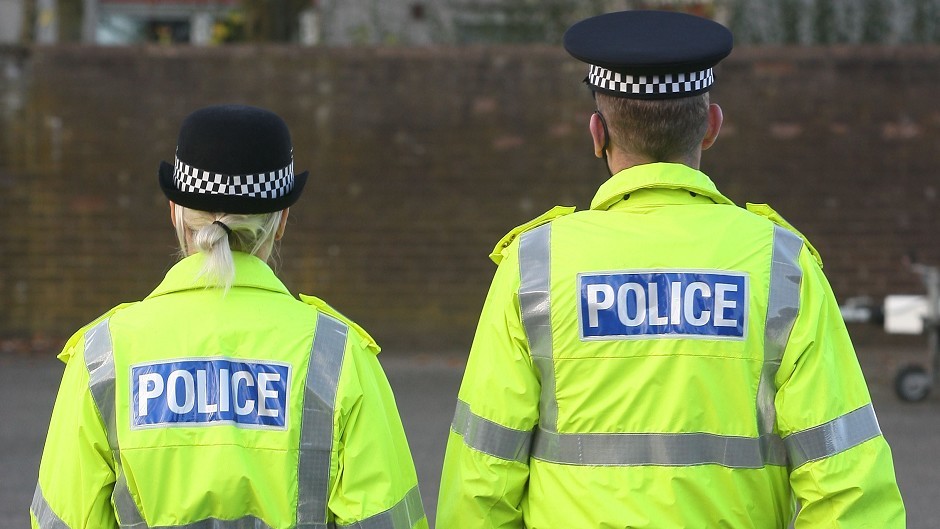Police Scotland has been ridiculed for released a 40-page document of “branding guidelines” for officers.
The glossy document gives detailed instructions on everything from the right shade of blue to use in documents to how to pose for photos.
Officers are even told to ditch their body armour in photos if it looks “too bulky” and are advised against “hunched shoulders, crossed armed or arrogant” poses.
Last night critics said the document indicated the force’s priorities were “misguided”.
The guidelines are meant to boost Police Scotland’s image, but the force is reeling over a series of rows involving excessive use of stop and search powers, officers opening carrying firearms on routine calls and an £11million funding black hole threatening frontline services.
The Branding Guidance document, obtained under the Freedom of Information Act, gives detailed instructions on a number of matters to “evoke emotions of confidence, inclusion, freedom and security”.
Explaining their blue colour scheme on documents, the guide says the shade portrays “calmness, positivity, honesty and protection”.
And while posing for photographs, officers should bear in mind their posture.
“Watch body language,” officers are told. “No hunched shoulders, crossed armed or arrogant pose. These poses do not reflect our brand values.
“Uniform should not look too bulky (remove body armour if needed).”
Last night Jonathan Isaby, chief executive of the Taxpayers’ Alliance, said the document showed police were “misguided in their priorities”.
He added: “Every penny of taxpayers’ money spent on the police needs to deliver on the frontline, and it’s hard to see how elaborate branding exercises achieve that.
“The public want bobbies on the beat, not marketing consultants on a taxpayer-funded gravy train.”
And the former head of the Scottish Drug and Crime Enforcement Agency (SCDEA) Graeme Pearson said: “Officers and staff merely need to be honest and forthright in their dealings with the public and media.
“Criticisms of the Police Service arise because the force executive and the police authority have driven hard on target setting, cold numbers, budget cuts and the appearance of success.
“If both Police Scotland and the Scottish Police Authority seek the public to have confidence in them, both organisations must demonstrate greater candour in their dealings and a respect for the very people they serve – the public.”
